Weird But True (2 page)
The Facts
as We Know
Them...
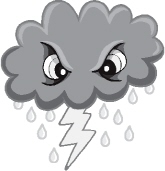
T
here are 16 million thunderstorms on Earth every year. In January 2010 a man in Sydney, Australia, was struck by lightning while he was doing the dishes at the kitchen sink. During the same storm, lightning entered another home through an open window and set the curtains on fire.
T
he most common victims of indoor lightning strikes are people who are talking on the phone during a storm. Landline telephones conduct electricity.

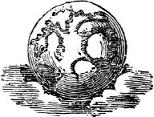
E
arth broadcasts a symphony of soundâ crackles, pops, whistles, and sizzlesâvia radio waves that result from lightning strikes. No lightning in your area? No problem. Even storms on the other side of the planet can send these very low frequency (VLF) radio waves bouncing between the surface of the planet and the ionosphereâboing, boing, boingâall the way to your house. Typical radio receivers won't detect them, but special VLF receivers will.
W
hen lightning strikes a place where the soil is sandy, its heat causes the silica in the sand to form craggy glass tubes that “fossilize” the lightning. Fossilized lightning bolts are called “fulgurites.”
* * *
Fulgur
is the Latin word for “lightning.”
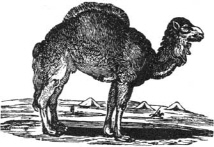
A
fulgurite estimated to be about fifteen thousand years old was found in the Sahara. Because a rainstorm almost always accompanies lightning, geochronologists (scientists who specialize in determining the age of rocks) believe this fulgurite is evidence that the Sahara was not always the hot, dry environment we know today.
T
o make a case for linking the Dead Sea Scrolls to the strict religious sect called the Essenes, scholars did a little digging in the . . . er . . . dirt near where the scrolls were discovered. There they found a 2,000-year-old communal latrine where the Essenes did their business and, following the laws of the Bible word for word, buried their poop. The poop itself was long gone, but they found traces of human intestinal parasites such as tapeworms that had been buried in the soil for thousands of years.
A
rchaeologists working at Paisley Caves in Oregon in 2002 found human poop that they have determined to be 14,300 years oldâthe oldest traces of human life ever found in North America.
* * *
Polite archaeologists call fossilized poop “coprolites.”
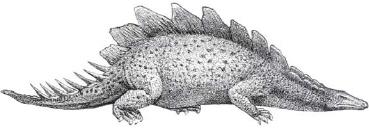
I
n England during the nineteenth century, coprolite mining became an important industry. The fossilized dinosaur dung (for that's what it was!) was loaded with phosphates used to make the first artificial fertilizer for agricultural crops.
* * *
There's a Coprolite Street in Ipswich, England.
M
adagascar, the island nation off the east coast of Africa, is a favorite spot for paleontologists in search of dinosaur bones. Among their finds have been the remains of a mini 2.5-foot crocodile that lived on land, a cannibalistic dinosaur, and a creature that researchers call
Masiakasaurus knopfleri
. This last dinosaur was named for the lead singer/ guitarist of the band Dire Straits because the crew realized that every time Dire Straits music was played at the dig site they found another dinosaur bone.
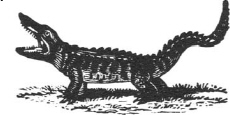
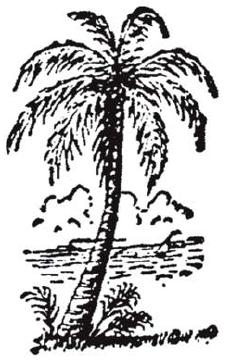
M
ore than 170 species of palm trees live on Madagascar, but as far as botanists know, only one is suicidal. The species, called
Tahina spectabilis
, can grow to more than sixty feet tall with leaves sixteen feet in diameter. A tree that big is hard to miss, but it took until 2007 for botanists to realize that unlike most palms, which flower regularly throughout their lives, this one produces flowers only onceâand then collapses to the ground and dies. “[It] flowers itself to death,” said a member of the multinational team that published a scientific paper on the new species. “It's an amazing way to go.”
G
inkgo trees come in male and female varieties. Female trees produce fruit that contains butyric acid, which smells (depending on whom you ask) like rancid butter or vomit.
* * *
About one in every two hundred male ginkgo trees also will produce these putrid fruits.
A
handful of ginkgo trees survived the atomic bomb assault on the Japanese city of Hiroshima during World War II. They are still alive today.
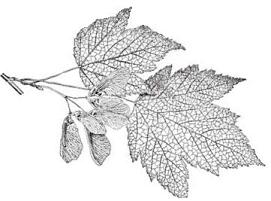
A
utumn leaves in Europe tend to be mostly yellow, while those in North America turn orange and red as well. The seasonal change in color depends upon what happens to the chlorophyll in the leaves. Leaves turn yellow when the green chlorophyll in them breaks down, allowing the leaves' natural yellow pigment to show through. Leaves turn red because they start to produce a new red pigment (called “anthocyanin,” if you're keeping track) when the chlorophyll breaks down. Why the latter occurs in North America and not in Europe is still a subject for debate and research.
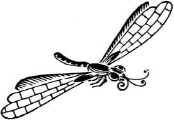
T
he natural coloring used to make foods, cosmetics, and such toiletries as shampoo red or orange comes from the crushed bodies of female cochineal beetles found in Peru, Mexico, and the Canary Islands. It takes about seventy thousand insects to yield one pound of dye.